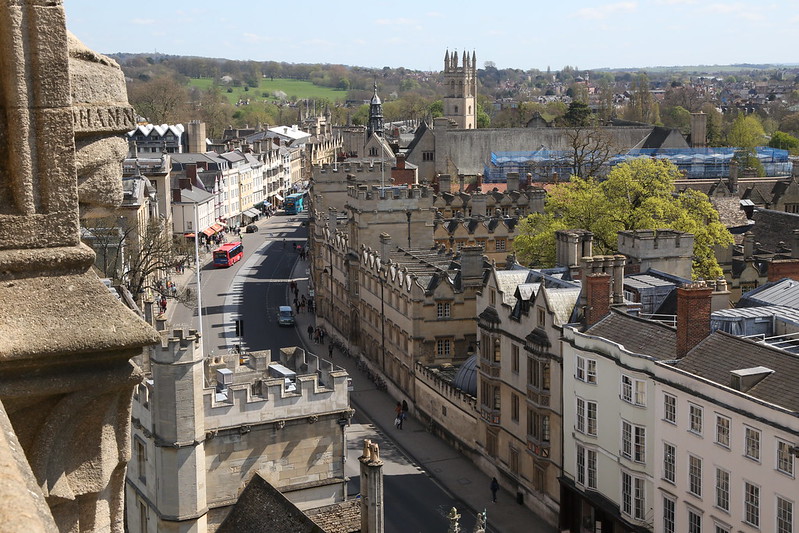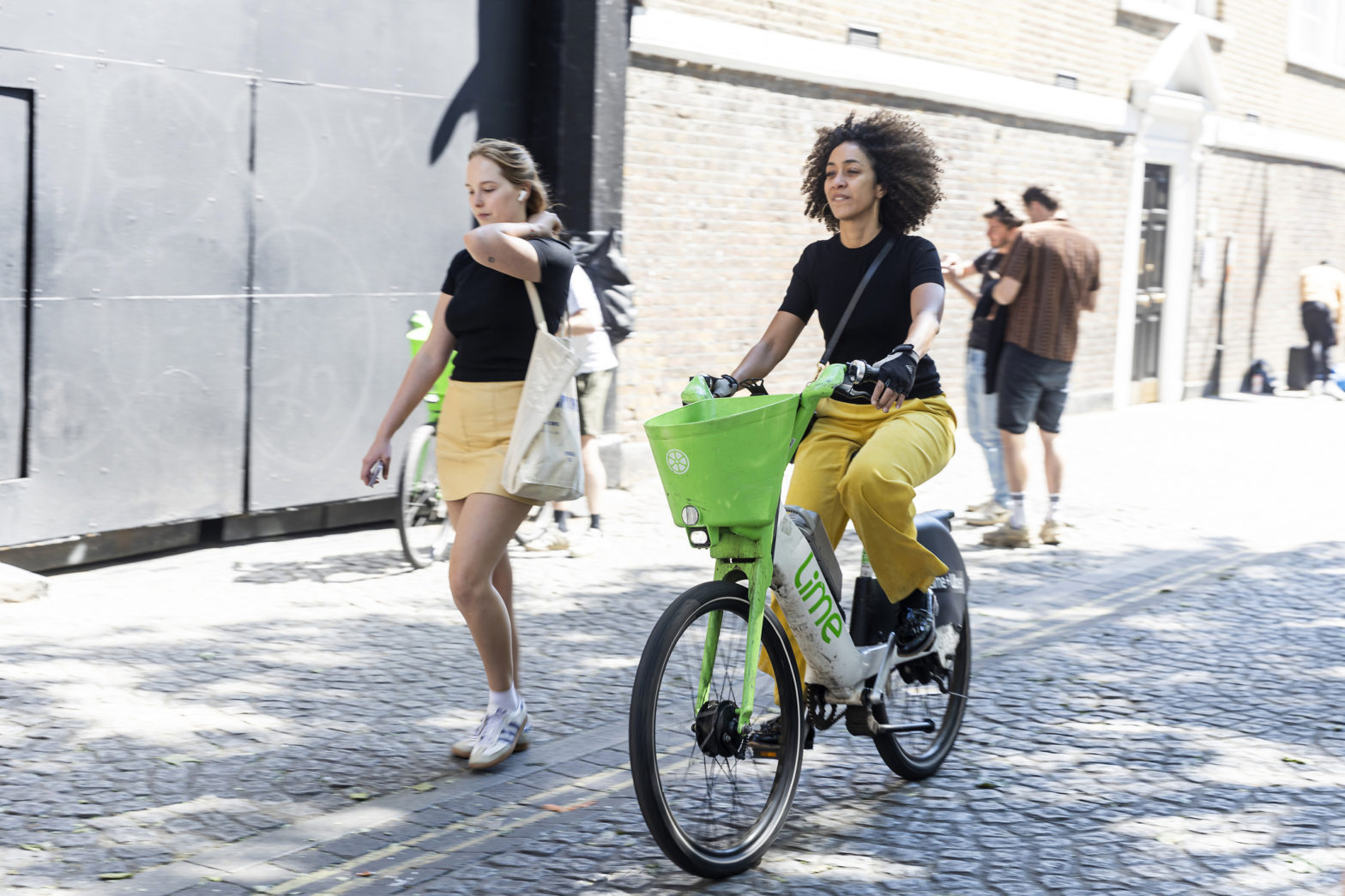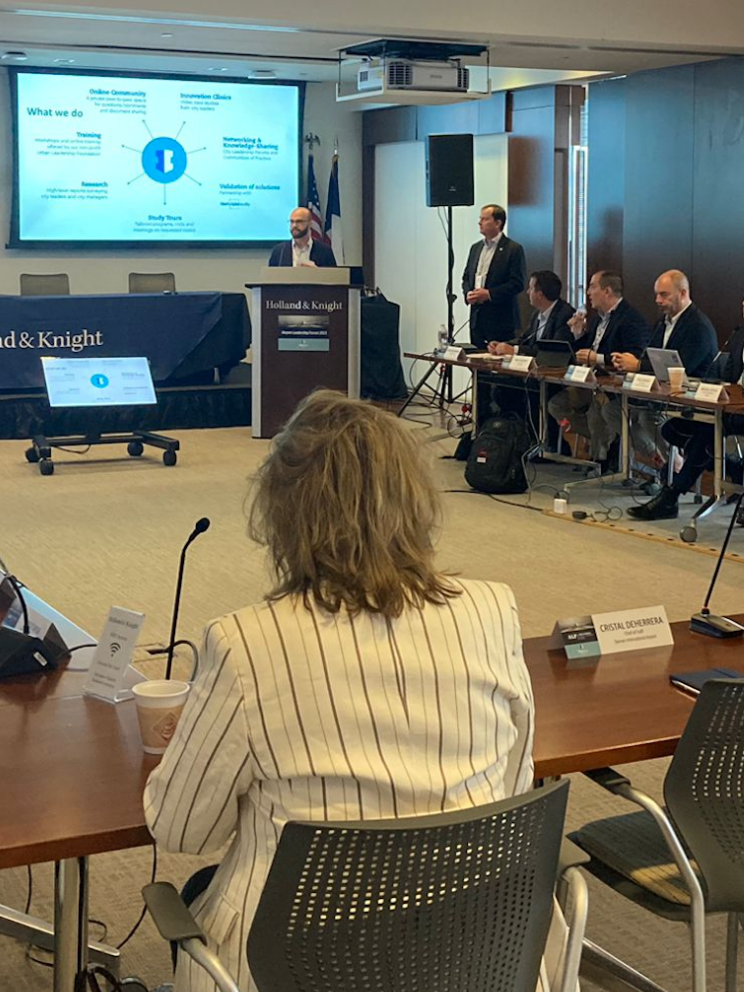
Photo: x70tjw (Flickr)
UK county pivots to ‘decide and provide’ transport planning
03 October 2022
by Christopher Carey
Oxfordshire County Council is aiming to halve the number of car trips in the county by 2040 and implementing a new ‘decide and provide’ approach to help achieve this.
The move represents a shift away from predictive planning based on previous traffic patterns.
Oxfordshire’s Local Transport and Connectivity Plan (LTCP) aims to create a net zero transport system by 2040 by reducing private vehicle use and prioritising walking, cycling and public transport.
The council’s cabinet recently approved new requirements for transport planning based on the principle of ‘decide and provide’ rather than ‘predict and provide’ which it says will help the county with its goals.
Changing the status quo
“This document signals a change in attitude to the issue of travel in the county – it shows where our priorities lie and will help support the aims of the LTCP,” said Councillor Duncan Enright, Oxfordshire County Council’s Cabinet Member for Travel and Development Strategy.
“Replacing the ‘predict and provide’ model means we will stop using past traffic trends to determine the future need for infrastructure, as this maintains the status quo by perpetuating dependence on cars.
“This is believed to be one of the first, if not the first, instance of a local highway authority expressly requiring new developments to do this, putting Oxfordshire County Council at the forefront of advancing transport planning practice.”
Decide and provide
The ‘decide and provide’ approach selects a preferred vision and then provides the means to work towards that, while also “accommodating the uncertainty of the future”.
According to the council, this enables more positive transport planning and helps implement a hierarchy of users by considering walking, cycling and public transport up front.
For example, where developers believe that schemes will lead to an increase in private cars, they must first consider providing sustainable and active travel options before identifying changes to infrastructure, such as junctions, to deal with additional traffic.
Image: x70tjw (Flickr)






